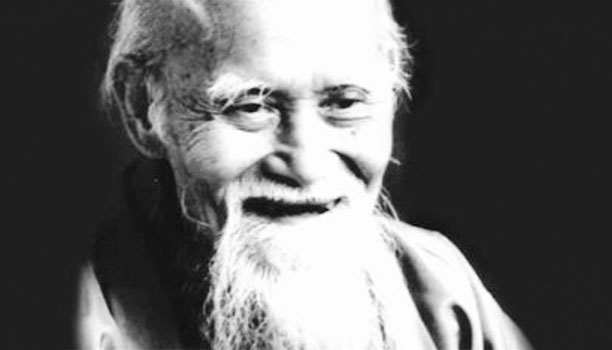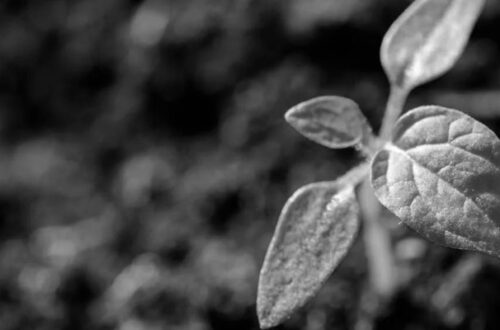
A Very Brief Biography of the Founder
Morihei Ueshiba 植芝 盛平, known as O-Sensei (Great Teacher 大先生) by his followers, is the founder of Aikido. He lived during a time of great social, political, and economic upheaval in Japan. Born in 1883 in Wakayama Prefecture 和歌山県, Ueshiba grew up in a country that was rapidly modernizing and westernizing, as the government implemented policies to modernize the country’s economy, education system, and military.
As a young man, Ueshiba trained in a range of martial arts, including Jukenjutsu 銃剣術, Kenjutsu 剣術, Jujutsu 柔術 and Judo 柔道. He also served in the military during the Russo-Japanese War of 1904-1905, where he saw firsthand the devastating effects of violence and war.
In the years that followed, Ueshiba became increasingly interested in spiritual pursuits and began to explore a range of religious beliefs, especially on Shintoism 神道. He became involved with the Omoto-kyo 大本教 religion, which emphasized the importance of universal love and the pursuit of a utopian society.
These spiritual beliefs would have a profound impact on Ueshiba’s development of Aikido. He began to see martial arts as a means of promoting peace and harmony, rather than as a way of inflicting harm or winning battles. He also began to develop a set of principles that emphasized non-resistance, compassion, and self-improvement.
Ueshiba’s early attempts to develop Aikido were influenced by a range of factors. He drew on his experiences in other martial arts, especially on Daito Ryu Aikijujtsu 大東流合気柔術, as well as his knowledge of various religious and philosophical traditions. He also experimented with different training methods, including weapons practice and meditation.
However, it was not until the late 1920s that Aikido began to take shape as a distinct martial art. During this time, Ueshiba moved to Tokyo and began teaching Aikido to a small group of students. He also began to attract attention from other martial artists and members of the public, who were intrigued by his unique approach to martial arts.
The 1930s were a time of increasing militarism and nationalism in Japan, as the country moved closer to war with other nations. Despite this, Ueshiba continued to emphasize the importance of non-resistance and peace, and he refused to align himself with any political or military factions.
During World War II, Ueshiba and his family moved to Iwama 岩間, a small town north of Tokyo. There, he continued to teach Aikido to a small group of students, while also engaging in farming and other activities. It was during this time that Ueshiba developed a more spiritual approach to Aikido, emphasizing the importance of harmony and compassion. Aiki-Ken and Aiki-Jo were also largely developed during this time in Iwama.
After the war, Japan underwent significant social and political changes, as the country was occupied by Allied forces and underwent a process of democratization. Ueshiba’s vision for a more peaceful world through the practice of Aikido resonated with many people in postwar Japan, who were eager to move beyond the violence and destruction of the past.
In 1969, Ueshiba became very ill and passed away on April 26. His legacy, however, lives on, as Aikido continues to be practiced and taught around the world.
Author’s Note: We appreciate your readership! This article serves as a preliminary introduction to the subject matter. While we aim for accuracy, we cannot guarantee the content’s precision and it may contain elements of speculation. We strongly advise you to pursue additional research if this topic piques your interest. Begin your AikidoDiscovery adventure! 🙂




